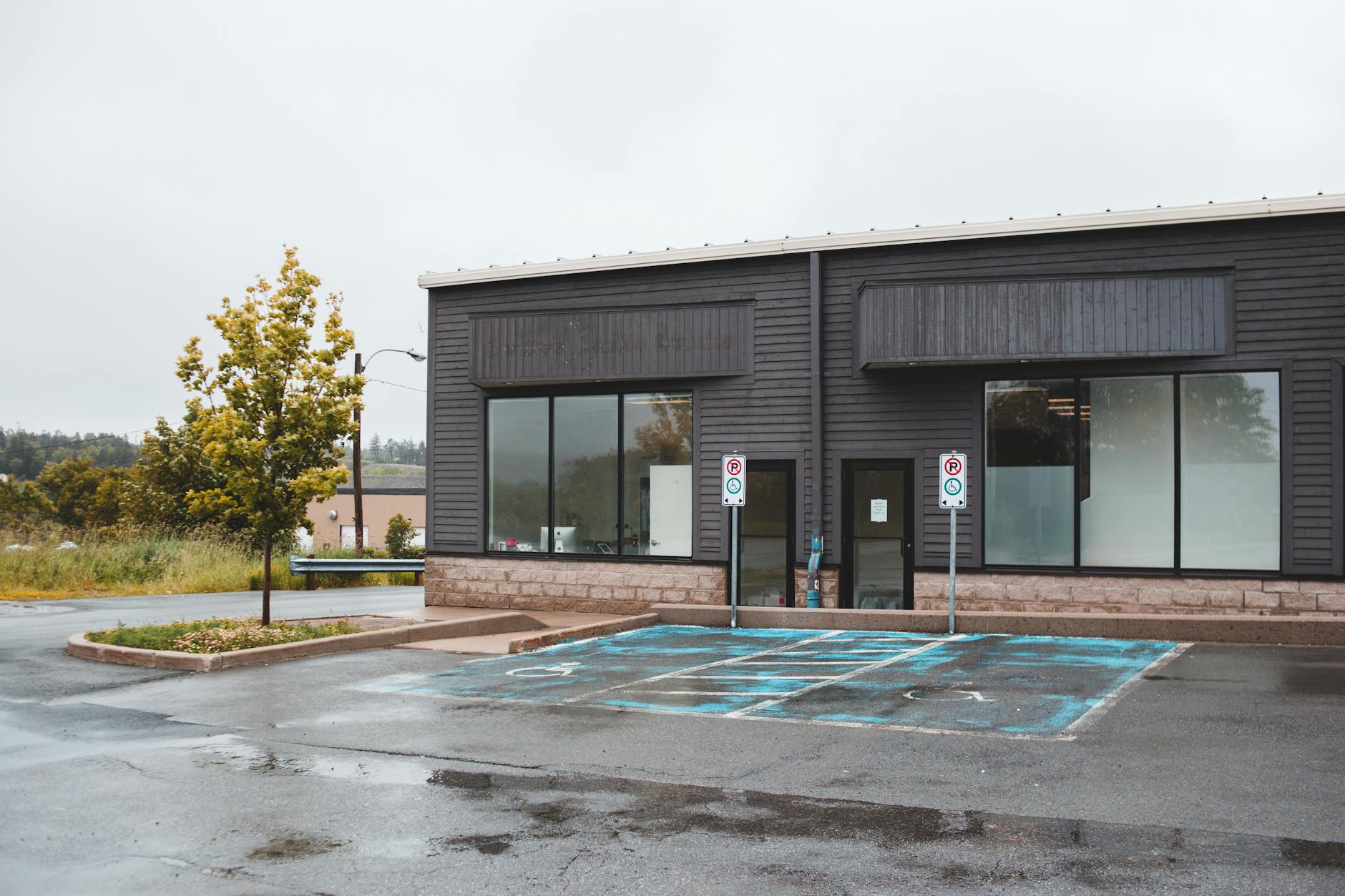How to Navigate Commercial Real Estate Listings for Retail Spaces
Navigating commercial real estate listings for retail spaces can be a complex yet rewarding process for business owners and investors alike. Finding the right retail location involves more than just spotting the best deal; it requires understanding market trends, evaluating property features, and aligning options with your brand goals and customer demographics. In this article, we will explore practical strategies to effectively search and assess commercial real estate listings tailored specifically for retail. From knowing where to look to interpreting lease terms and recognizing the importance of location, this guide aims to equip readers with the knowledge to make informed decisions in a competitive market.
Understanding the types of retail spaces available
Before diving into listings, it’s crucial to understand the variety of retail space options and how they suit different business models. Retail spaces typically range from storefronts in shopping centers to standalone buildings or spaces within mixed-use developments. Each type comes with distinct advantages and challenges:
- Shopping centers: Often provide high foot traffic and collective marketing efforts but may have stricter leasing rules.
- Standalone properties: Offer greater branding flexibility but generally require more investment in signage and parking facilities.
- Mixed-use developments: Combine residential, office, and retail spaces, offering built-in customer bases but sometimes less parking and visibility.
Understanding these categories helps narrow your search and aligns options with your business strategy and budget.
How to effectively search commercial real estate listings
The foundation of successful navigation is having reliable and comprehensive sources. Utilizing multiple platforms increases the likelihood of finding suitable retail spaces. Key resources include:
- Online marketplaces: Websites such as LoopNet, CREXi, and CoStar provide extensive listings with filters for price, size, and location.
- Commercial real estate brokers: Professionals often have insider knowledge and access to upcoming listings not yet public.
- Local government and Chamber of Commerce websites: These can reveal redevelopment projects or available properties not listed elsewhere.
Using a combination of these ensures a broader view of the market and helps identify hidden gems that meet your criteria.
Evaluating properties: factors beyond price
While cost remains a significant consideration, other factors often determine whether a retail space is truly right for your business. When reviewing listings, pay close attention to:
| Factor | Considerations | Impact on retail success |
|---|---|---|
| Location | Foot traffic, neighborhood demographics, visibility from main roads | Drives customer visits and brand exposure |
| Space layout and condition | Size, ceiling height, accessibility, need for renovations | Affects store design and operational efficiency |
| Lease terms | Length of lease, renewal options, rent escalation clauses | Influences long-term financial planning and flexibility |
| Parking and accessibility | Customer and employee parking availability, public transit access | Enhances convenience and increases customer visits |
| Competitors and complementary businesses | Nearby existing stores, anchor tenants | Can either increase foot traffic or create market saturation |
Negotiating lease agreements and finalizing the deal
Once a suitable retail space is identified, the focus shifts to negotiation. Leasing commercial retail space often involves complex terms that can impact profitability. Important negotiation points include:
- Rent structure: Clarify whether rent is flat, percentage-based (percentage of sales), or includes common area maintenance fees.
- Length and renewal: Secure terms that allow business growth with options to renew at predictable rates.
- Tenant improvements: Negotiate who pays for renovations and whether landlords allow customization.
- Exit clauses: Understand penalties or conditions for early termination in case business circumstances change.
Working with a qualified commercial real estate attorney or broker during this phase can prevent costly misunderstandings and secure a lease structure aligned with your business needs.
Leveraging data and trends for smarter decisions
Retail real estate is heavily influenced by local market trends and consumer behavior shifts. Staying informed about these patterns can provide a competitive edge. For example, emerging retail corridors, changes in zoning laws, or demographic shifts may present opportunities to negotiate better terms or choose an area with increasing foot traffic.
Additionally, integrating tools like geographic information systems (GIS) and consumer analytics can help you visualize customer density and spending patterns around potential retail sites. Being proactive in research and market analysis ensures your retail location not only fits today’s needs but will remain viable as your business evolves.
Conclusion
Navigating commercial real estate listings for retail spaces demands a multifaceted approach that blends thorough research, strategic evaluation, and skilled negotiation. Starting with a clear understanding of the types of retail properties helps you focus your search effectively. Utilizing a variety of reliable listing sources maximizes available opportunities, while evaluating critical factors beyond price ensures the chosen space aligns with customer experience and operational goals. Finally, negotiating favorable lease terms and leveraging market data safeguards your investment and positions your retail business for long-term success. Armed with these insights, business owners and investors are better equipped to make confident, informed decisions in a competitive retail leasing landscape.
Image by: Erik Mclean
https://www.pexels.com/@introspectivedsgn
editor's pick
latest video
news via inbox
Nulla turp dis cursus. Integer liberos euismod pretium faucibua


